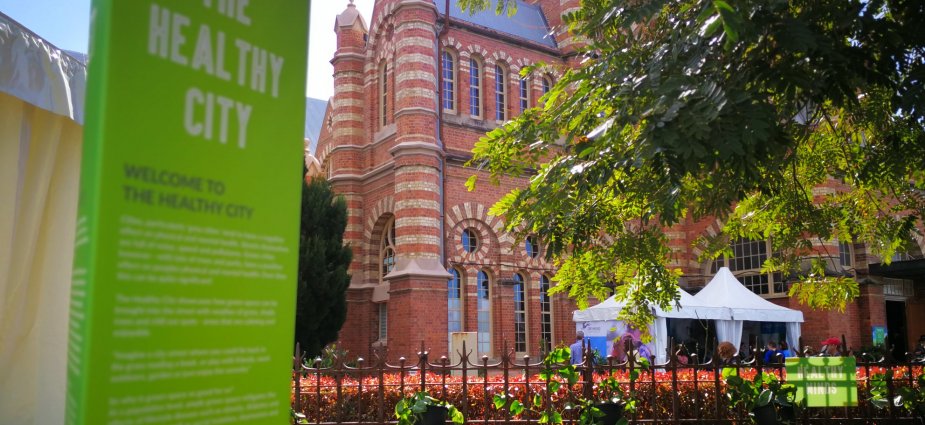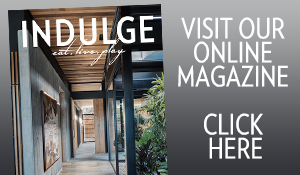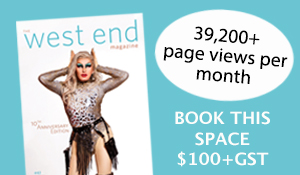What could greener, healthier and more connected streets in Australia look like years from now? A leading Brisbane urban design group will have the answer when it partners with more than 40 organisations, sustainable businesses and volunteers to build the ‘street of the future’. The 70 metre interactive activation, named Green the Street, will be available for the community to experience from 9 to 18 August at the Ekka. Now in its second year, Green the Street is a radical re-imagining of public space as an innovative, sustainable and people focused city lab and carbon sequestration city park, rainforest and farm.
Green the Street was conceptualised in 2018 by Catherine Simpson, Senior Urban Designer at urban design consultancy Roberts Day. Simpson says “increasing urbanisation, the advent of electric and autonomous vehicles, and a move towards more humanistic cities are opening the possibilities to ‘green streets’. Green the Street proposes changing how our streets function – by taking away the asphalt to allow for more bicycles, people, social spaces and health enhancing landscapes. Green streets can positively influence not only our mental, physical and social health, but also our happiness and way of life. “Currently, Brisbane serves the car first. We look forward to growing the Green the Street concept with the view to leading open, public debates on the topic. We are reclaiming our streets.” Last year Green the Street attracted more than 200,000 people during the Ekka. Due to its success, Green the Street grew into an independent community organisation that has since initiated green street concepts throughout Brisbane. This year’s street at the Ekka will be bigger and better, including landscape designers, street artists, horticulturalists, gardeners, and urban farmers to build the concept.
The street will showcase new street technologies such as electric bicycles, scooters and apps; sustainable ideas in carbon-neutral construction, recycled furniture and bamboo structures; virtual reality views of the future; an urban agriculture hub with native beehives and locally produced food; trees and hanging plants forming an urban rainforest; biometric artworks and structures, and an urban parkland with bicycles and murals.
Readers also enjoyed this story about the Night Noodle Markets.










